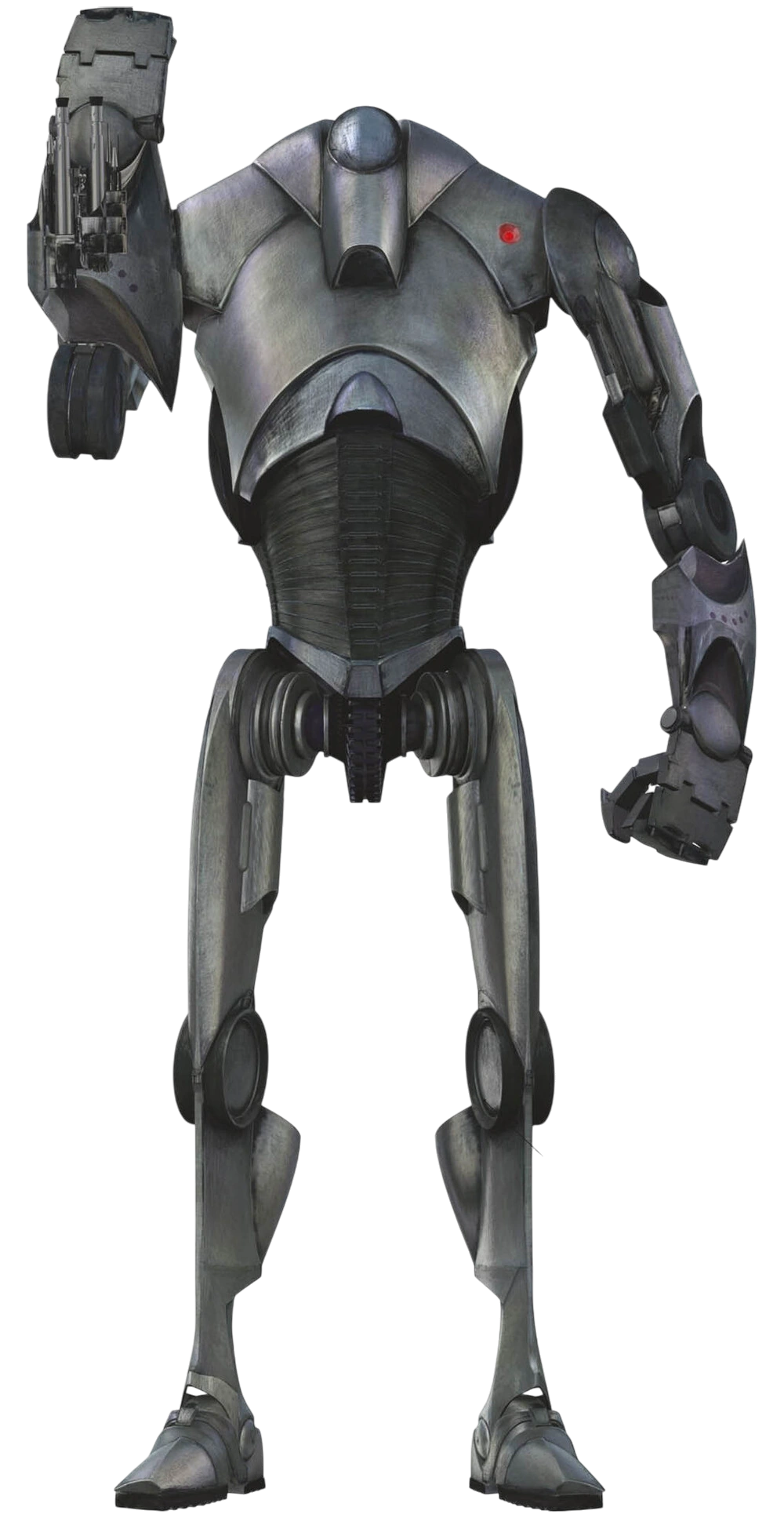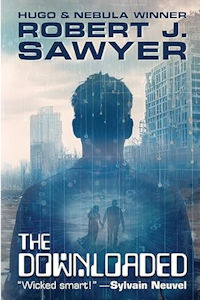For the opening book of 2024, the Beamers opened an oldie but a goodie, The Witches of Karres by James H. Schmitz. For most of us, it was a re-opening of a book that we encountered among our first sf books, one denoted as a classic of the genre. And one still being reprinted 70 years after its first publication in Astounding. But not all things age well, so did it rekindle our excitement for the simpler joys of old-school sf? Or has it rescinded its enrollment on our personal shelf of favorite reads?
Going back to “old School”?
James H. Schmitz was a writer of short stories that populated the sf magazines through the 1950s and 1960s, often set in his future galactic federation called “the Hub”. The Witches of Karres was originally a novelette published in 1949 and later expanded to full novel in 1966, his only full-length novel. It was a good choice for expansion (the novelette forms the first 3 chapters of the book) as the novelette was voted into the SF Writers of America’s Hall of Fame (Volume 2B), and the novel was nominated for a Hugo. Witches is a classic (that is, old-fashioned) space opera, with a straight-ahead plot involving lots of obstacles and space-time crunching (entire planets get moved!), leavened by a heavy sense of lightheartedness. The characterizations are much slighter as well; the three witches in this book have none of the development and growth shown by the three witches in our previous book (The Once and Future Witches by Alix Harrow). But not every dish needs to be a thick stew, lest the dinner weigh too heavy on the diners.
One comment was to call the book a “palate cleanser”, something Penn found agreeable to break up the more serious reading that he has lately been doing. And most Beamers were in agreement that having a light work was a pleasant change of pace from the more involving and stressing reading we typically undertake. While the humor in the book was a matter of individual taste (with some, like Roberto, only finding the jokes in discussing them), the overall tone of the work, with its melodrama and anarchic plotting, led us to expect a happy ending, naturally with further headaches in store for the long-suffering captain of the Venture. If anything, the paucity of plausible villains was a bit disappointing, though the surprise reveal of the pirate king and his rather somber demeanor did add a welcome scare to the sections in which he haunted and hunted the crew. And the potential deux ex machina of an interdimensional energy being who thinks Captain Pausert is part of its dream realm is avoided by making the powerful being (a “vatch”) sufficiently alien so its motivations did not line up too easily with the human captain’s intentions. Hijinks ensue.
Dean of SF, meet the Clown Prince
Reading or re-reading the book with a few decades of sf/f literature behind us, we also found a plethora of connections to other works in science fiction, both print and television and film. So, Captain Pausert of Nikkeldepain is a standard “competent man”, someone who can find a solution to any problem (though perhaps not without some comic fumbling and accompanying eyerolls of his companions). This is not a Robert Heinlein novel, so the captain is more of a survivor than a super-agent, relying on his unexpected genetic advantage instead of his impeccable training (though he has a bit of skill with a spaceship). After the meeting, Penn dug up a quote from Emily Dickinson to point out Pausert’s remarkable ability for witchery being “homegrown” rather than taught: “I would like to learn. Could you tell me how to grow, or it is unconveyed, like melody or witchcraft?” (Emily Dickinson, writing to T. W. Higginson).
His genetics were part of our more serious examination of the book, too, as the captain is paired with the middle of the three witches (Maleen, Goth, the Leewit) for most of the plot. There is a serious age difference, though we were a bit unsure of just how serious. David L. remarked that reading the book at age 13 would lead to overlooking any issue with a 12-year-old witch, and Goth’s interest in marrying the captain may be passed off as a “crush” that would be outgrown. Still, there is lot of material in the book that indicates how the plot is pushing them together, and sf has a notorious love of eugenics and breeding the coming “superhumans” (like in another 1960s novel, Dune). So, we thanked Gernsback that this was not a Robert Heinlein novel.
Have we read this one, before?
In most cases, we were happy that Witches was its own story as well as being an amalgam of so many sf motifs (can any current sf fans read about the Venture making the Chaladoor run and not think of the Millennium Falcon making the Kessel run?) that part of our fun was tossing out all the parallels that came to mind while reading it. This work shares the essential connectivity with science fiction that marks out a genre work: it is in conversation with older works and passes the ideas down to newer ones. Would Starlord be tooling about, guarding the galaxy with a motley crew of bantering misfits, if Captain Pausert and friends were not out there first? And perhaps the favor should be returned, as several Beamers, like John in his pre-meeting e-mail, suggested that Witches would make a very good movie, with its fast pacing and snappy dialogue.
Overall, we found Witches to be a fun book, a piece of “low” art that deserves at least part of its reputation. If not perhaps full membership in the SF hall of fame (as we tossed ‘6’ and ‘7’ marks at it), it deservedly occupies a nearby wing, with ready access to all readers who feel the need to lighten up and kick back with an unpretentious romp that promises some spills and chills without making anything too serious or heartrending.







